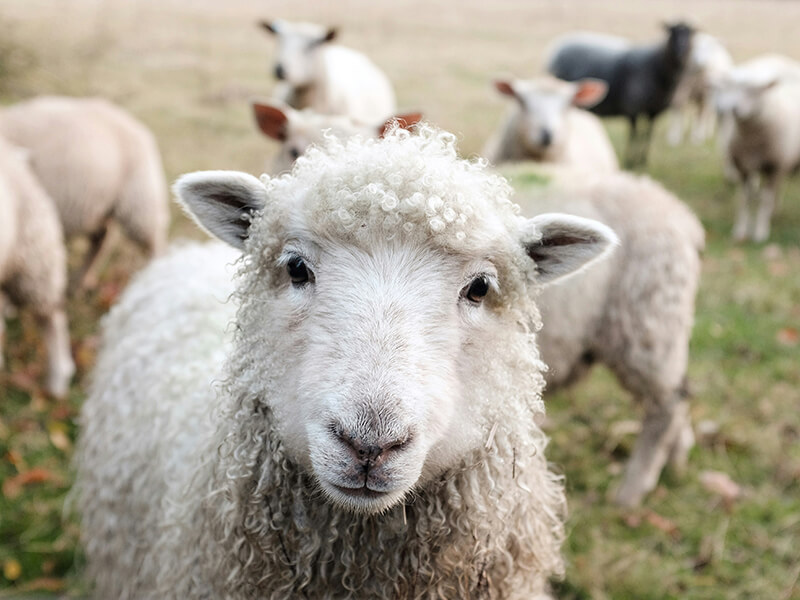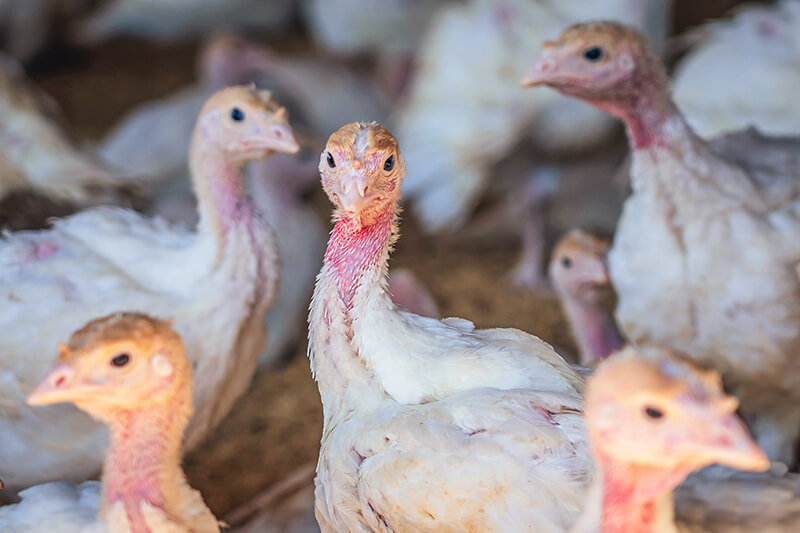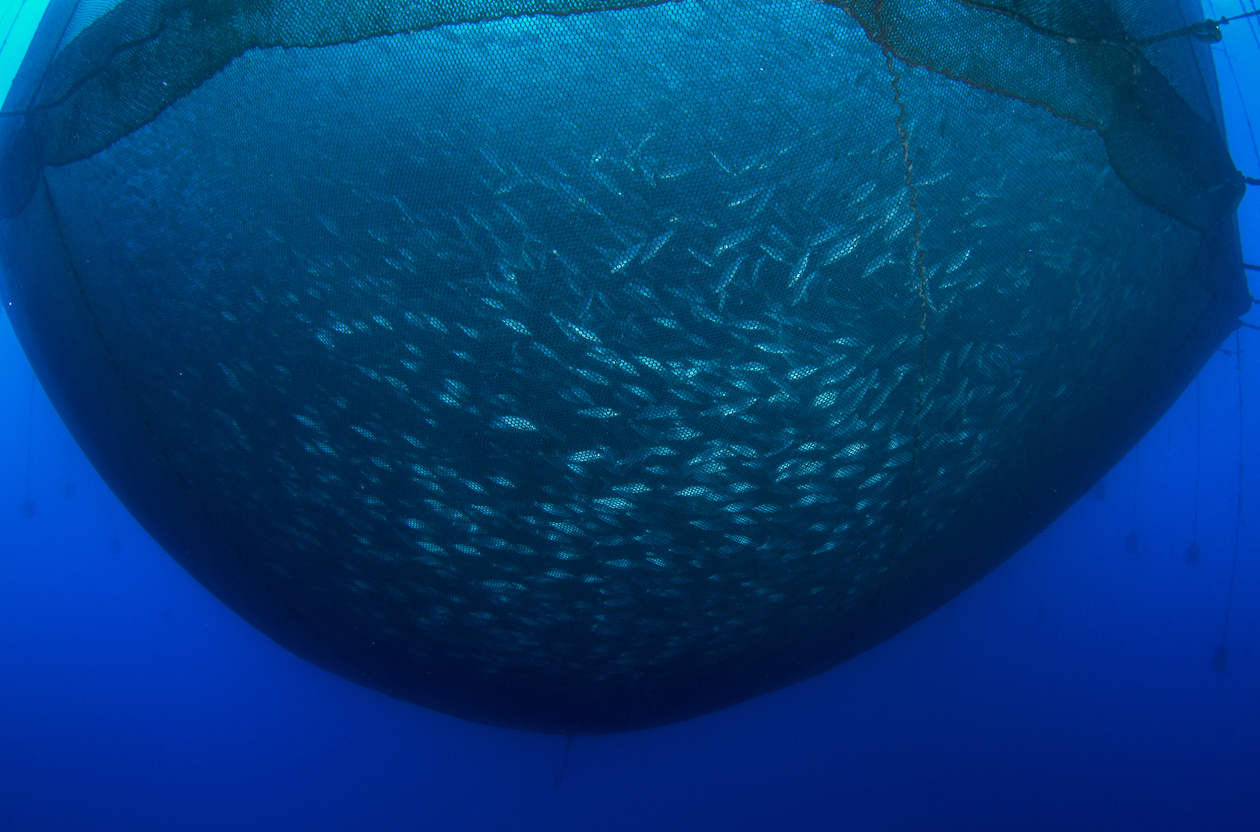Animals on the Farm
Students discover that farm animals produce different types of products. Grades PreK-K
Students discover that farm animals produce different types of products. Grades PreK-K
Students discover that there are many different types of farms. Grades PreK-K
Students investgate different food crops and how they grow. Grades PreK-K

Students explore the carbon cycle and evaluate the carbon footprint of cattle. Using critical thinking skills, students will use the Claim, Evidence, and Reasoning model to determine the effect of cows’ methane production on the environment and investigate the extent cattle contribute to climate change.

Students explore the process of making wool into cloth.

Students investigate the domestication and life cycle of the turkey, discover how turkeys are raised on farms, and identify turkey products.
Students investigate potato varieties, explore potato plants, determine how potatoes grow, and make a potato recipe.
Students will investigate sorghum, including the stages of plant growth, production in the United States, health benefits, geography, and positive environmental impacts.
Students examine how cows help conserve natural resources by identifying the important role dairy cattle have in reducing, reusing, and recycling food processing by-products. Students identify each stage of the ecological cycle and the important role of decomposers.
Students explore the benefits and functions of different types of barns and use problem-solving skills to build a model of a hay barn that meets specific requirements.

Students discover the sources of various fish and seafood, compare wild-caught and farm-raised aquaculture systems, and use a simulation to determine how overfishing can damage the ocean ecosystem.
Students read How to Grow a Monster, describe the needs of a zucchini plant, identify the structure and function of zucchini plant parts, grow classroom zucchini plants, and experiment with different environments and growing conditions.